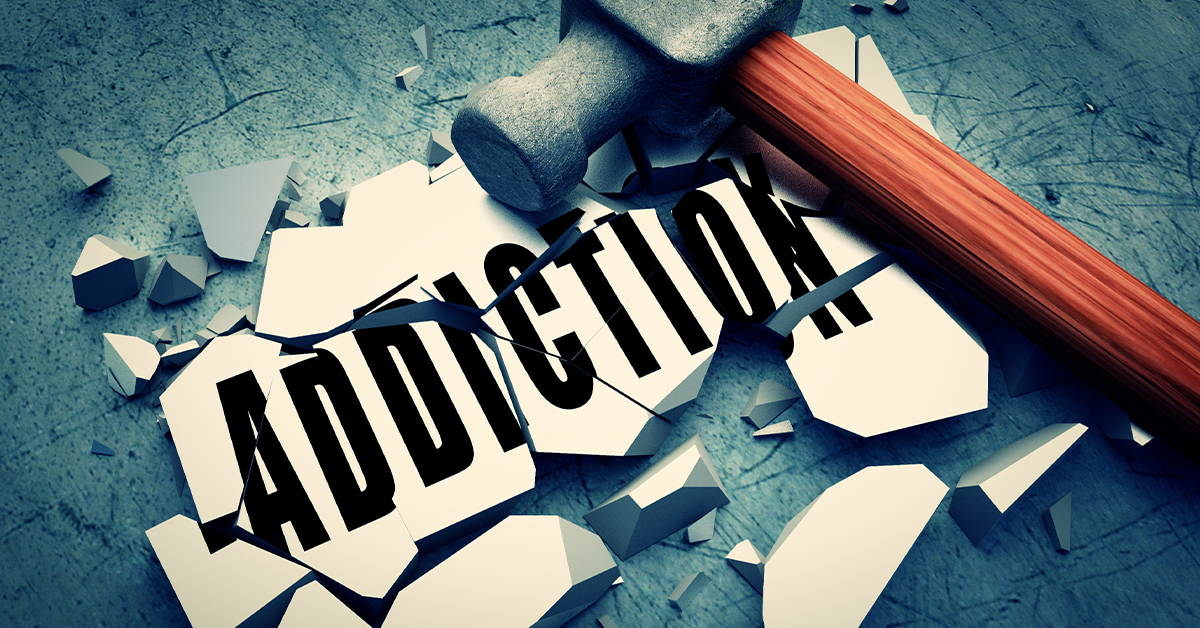
12 Apr How Medication-Assisted Treatment Can Help Manage Opioid Addiction
Medication-Assisted Treatment (MAT) involves using specific medications to help substance use patients better manage their withdrawal symptoms during recovery. This technique is often used to treat substance use disorder–and specifically opioid addiction. According to a 2016 study published in The New England Journal of Medicine, MAT can improve the health of patients and positively influence their participation in rehabilitation programs because the medication helps them to integrate their new behavioral health patterns. Although treating substance use problems with other substances (medication) may seem unconventional and counter-productive, the American Medical Association (AMA) recommends this as an effective treatment method.
Commonly Used Medications for MAT
There are three common medications used as part of MAT. Each is prescribed based on the patient’s needs and can help the patient transition off of prescription opioids and illicit opioid substances.
- Methadone is a long-acting full opioid agonist prescribed to substance use disorder patients to reduce opioid cravings and reduce withdrawal symptoms.
- Buprenorphine/naloxone (suboxone) is a partial opioid agonist prescribed to opioid use disorder patients to help them disassociate from their opioid receptors in order to minimize cravings.
- Naltrexone is prescribed to patients who have already abstained from opioids for at least a week and helps to eliminate the “high” associated with taking opioids in order to prevent relapses.
In most cases, MAT is combined with some form of behavioral health treatment such as cognitive-behavioral therapy (CBT) or group therapy. This offers patients a comprehensive treatment plan that strengthens their overall results.
How MAT Improves Recovery Outcomes
Opioid withdrawals tend to be intense and severe; they can be completely debilitating to the person going through the withdrawal. The physical symptoms combined with cravings make it extremely difficult for people to recover from opioids. That’s what makes MAT such an effective treatment. The prescribed medication helps to minimize cravings and reduce the intensity of withdrawal symptoms. As a result, people are less likely to relapse as a means to stop the withdrawal symptoms. This allows the patient a chance to resume their normal daily activity and gives the brain and body the time and space it needs to heal from addiction.
Misconceptions about MAT
The most common misconception about MAT is that one addiction is simply being replaced by another. However, MAT actually helps people to wean off of their dependence on other substances in a controlled manner over time. When the correct medication is prescribed at the proper dose by a trained professional, there are no adverse effects. This medication doesn’t offer a substitute high, but rather eliminates a person’s need to use substances to feel high.
Another misconception about MAT is that it only delays or disrupts the recovery process. The truth is, it allows a person to recover faster than they would without any treatment. By eliminating intense cravings and removing the fear and discomfort associated with withdrawal, a person can find stability and resume their life a lot faster. Since recovery is defined as an ability to function normally, and responsibly re-enter society without the use of substances, MAT can actually enhance the recovery process.
Withdrawal is the first obstacle on the road to recovery. Although treatment such as CBT can be helpful for discovering the root cause of the addiction, they are not as successful in helping people overcome the withdrawal phase. The excruciating pain and relentless cravings are what cause most people to relapse. By eliminating this through medication, it becomes significantly easier for people to abstain and truly recover.
Using EHR Technology for MAT Prescription
To ensure that MAT is beneficial to patients, it needs to be managed efficiently. Consequently, medical professionals at mental health facilities and rehab centers should make use of EHR technology to track and manage the process of prescribing and dispensing these medications.
With integrated methadone or suboxone dispensing modules, this technology can facilitate fast approvals, seamless interactions between medical professions and the dispensing clinic. Similarly, an Electronic Medication Administration Record (eMAR) system simplifies the process of maintaining complicated medication schedules both at residential facilities and detox centers. Finally, the medication modules of EHR technology allow doctors to ePrescribe medication to their patients. An ePrescribing system makes it easy for the prescriber to access all pertinent information about a patient, order refill requests, and approve or deny prescription requests.
There may be some controversy surrounding the use of MAT when it comes to substance use disorders. However, the overwhelmingly positive effects of this treatment for those suffering from opioid addiction cannot be denied. By using EHR technology, mental health professionals can ensure that essential medication is prescribed and dispensed in a controlled manner to benefit the lives of those who need it most.



Sorry, the comment form is closed at this time.